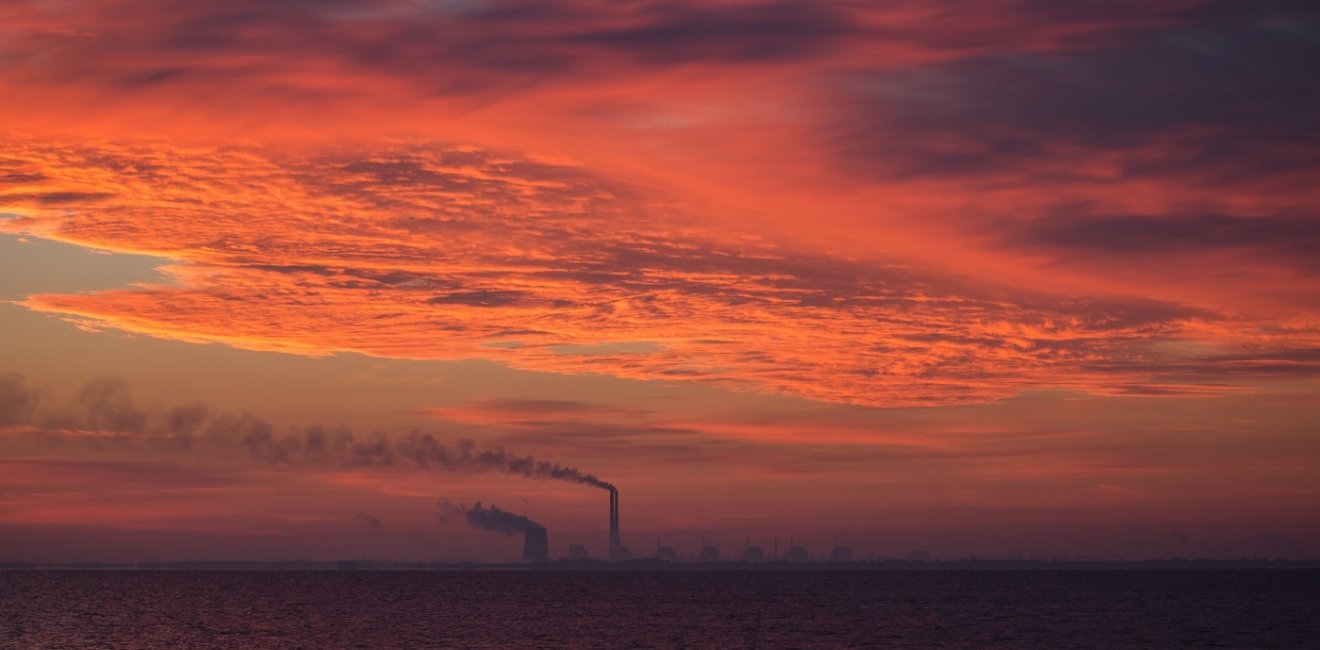
A blog of the Kennan Institute
BY ANDRIAN PROKIP
The capture of the Zaporizhzhia nuclear power plant (NPP) by the Russian army poses a massive range of threats: radiation accidents, energy deficits, security and economic loss, and industrial espionage. Since the military attack on NPP is unprecedented, the world does not have a response ready. However, postponing an answer to Russia’s aggression poses a higher risk than the aforementioned threats.
Zaporizhzhia NPP contains six reactors, with six GW of total installed capacity. This makes the facility the biggest in Europe. It contains stores of used nuclear fuel and radioactive materials and the only training center (operation simulators) in Ukraine.
The NPP after the invasion
Russians captured the station on March 4, firing on the facility dozens of times, using it as an army base; mining two nuclear power units, and parking ammunition and military vehicles in its machinery rooms.
During Ukraine’s independence period, the NPP was much upgraded, including with Western nuclear safety technologies. So Russian engineers were unable to operate the station without Ukrainian personnel. But the Russian soldiers and engineers took control, killing some of the Ukrainian workers and exerting moral and physical pressure over those who still run the plant, including torture.
Russian officials announced their plans to disconnect the NPP from Ukraine's power grid and connect it to the Russian one and the Crimea peninsula by September 1. These plans failed, in part because of the falling of high-voltage lines and the explosion of a substation in Crimea.
On September 11, after being reconnected to Ukraine’s grid, Zaporizhzhia NPP stopped operations and was switched into a “cold shutdown mode” for safety reasons. This, however, does not mean an absence of further risk of nuclear accidents.
NPP’s role in Ukraine’s energy supply
Zaporizhzhia NPP represents 10.7 percent of Ukraine’s total installed power generating capacities (as of early 2022) and 44.3 percent of all NPP power. Traditionally NPPs were responsible for about half (50–55 percent) of electricity produced in Ukraine. Last year, Zaporizhzhia NPP produced 23 percent of all electricity. The NPP’s role was crucial in 2020 and 2021, when its high-capacity utilization factor helped to overcome winter coal shortages.
The war has changed energy production and consumption patterns drastically. A number of power stations have been lost: some have been destroyed, some are located in the occupied territories, and some are located too close to hostilities to operate now. About 17 percent of installed thermal power capacity is located within the occupied territories, not including Zaporizhzhia NPP. A huge part of renewable energy, which produced 13 percent of Ukraine’s electricity last year, are damaged or located within occupied territories. For instance, 67 percent of wind power capacity is located in Zaporizhzhia and Kherson oblast, which are partly non-controlled.
Because of the war, electricity consumption is now 30 to 35 percent lower than a year ago. So, a decrease in available capacity is compensated for with lower demand. But if Ukraine’s power system loses Zaporizhzhia NPP, Ukraine will have to use other reserves or maybe even restrict consumption in the winter. And clearly, there will be no export of electricity to the European Union, which is suffering from Russian gas undersupply and needs electricity to decrease gas consumption and withstand Russia’s energy blackmailing.
The station itself is an important part of Ukraine’s economy and powers an important cluster of industrial production in the southern and eastern regions of the country.
Risk of nuclear disaster
In terms of safety, an NPP occupied by militants poses two kinds of risks: nuclear disaster and the spreading of radioactive materials.
Any NPP needs a sustained electricity supply to maintain its cooling operations. Zaporizhzhia NPP was connected to Ukraine’s grid with five high-voltage lines. Three were damaged earlier and do not operate now, and two others were under attack a few times, leaving the station cut off. If NPP works in autonomous mode, powering itself with nuclear unit operation or using autonomous diesel generators, under conditions when maintenance cannot be done in a proper manner and without access from the Ukrainian side, the risk of a nuclear disaster, like at Fukushima in 2011, is very high. In late August, for the first time since the plant started operations in 1985, because of hostilities and Russia’s shelling, the NPP was disconnected from the grid. This happened again on September 5.
In the Russian occupation of NPP, emergency preparedness and response mechanisms are broken as well as communication possibilities. In the case of an accident, it will be impossible to take all the necessary steps to prevent the spread of radiation and damage to inhabitants in the region. The disaster will affect Ukraine and neighboring states, depending on the direction of the wind at the moment of the accident.
Risk of nuclear terrorism
Since Ukraine does not control the station, it cannot control whether radioactive materials are stolen and taken to create dirty nuclear bombs or used by terrorists.
Besides its six nuclear units, Zaporizhzhia NPP contains facilities to store used nuclear fuel and radioactive materials, including liquids. These facilities are vulnerable to shelling or air strikes, which will mean radioactive pollution over a large territory.
Industrial espionage
Before 2014, Ukrainian NPPs used only Russian nuclear fuel. But now they use American-designed fuel produced by Westinghouse. Representatives of Rosatom—Russia’s State Atomic Energy Corporation—present at the NPP demonstrated a deep interest in the technological characteristics of Westinghouse fuel. And they are also interested in NPP’s automatic control systems, which also were supplied by the U.S., the same as the NPP physical protection system. Considering that Rosatom is one of the biggest global nuclear power developers, this takeover could involve industrial espionage and theft of technologies.
The history of atomic energy has not, before now, featured a nuclear power plant in the center of war or used as a military base. But the global community must take steps to contain Russian nuclear terrorism to avoid possible actions that pose irreversible harm. The UN, IAEA, and OSCE must play a key role in getting the Russian army 30 to 60 miles away from the NPP, so we all have a safe zone around it.
The opinions expressed in this article are those solely of the author and do not reflect the views of the Kennan Institute.
Author

Director, Energy Program, Ukrainian Institute for the Future

Kennan Institute
The Kennan Institute is the premier US center for advanced research on Eurasia and the oldest and largest regional program at the Woodrow Wilson International Center for Scholars. The Kennan Institute is committed to improving American understanding of Russia, Ukraine, Central Asia, the South Caucasus, and the surrounding region through research and exchange. Read more

Explore More in Focus Ukraine
Browse Focus Ukraine
Talking to the Dead to Heal the Living

Ukrainian Issue in Polish Elections


